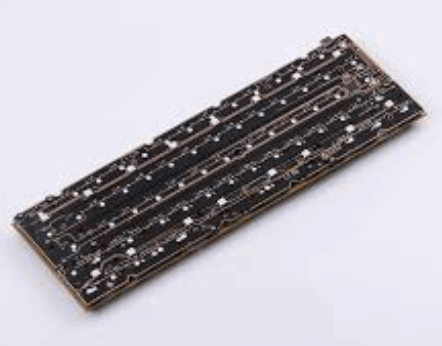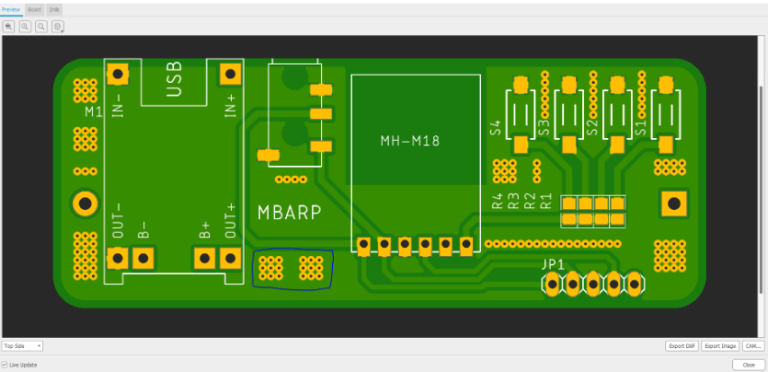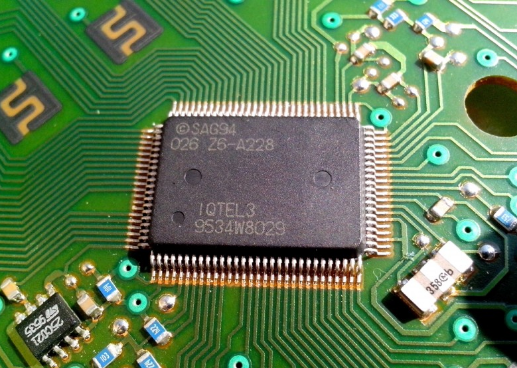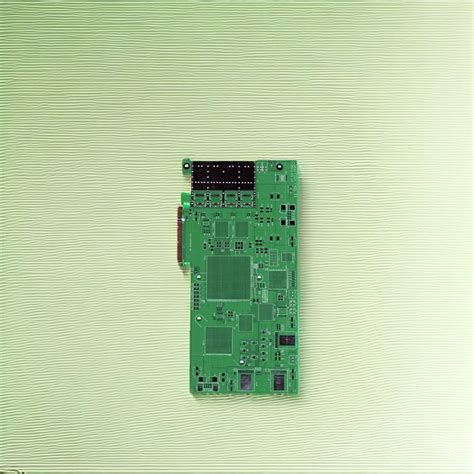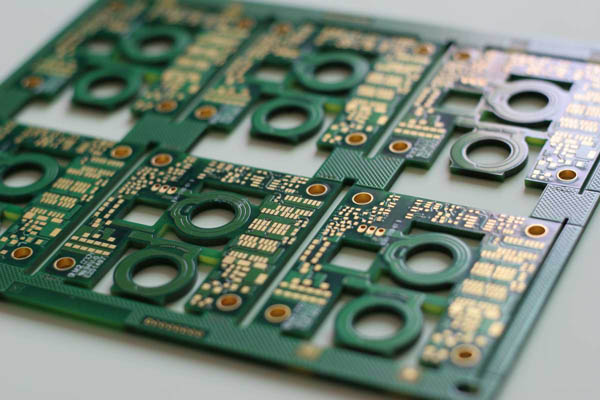Keyboard flex pcb
Understanding Keyboard Flex PCBs: A Comprehensive Guide
In the realm of modern keyboard design, the flex printed circuit board (PCB) has emerged as a pivotal component, offering a blend of flexibility, durability, and efficiency. Understanding the intricacies of keyboard flex PCBs is essential for both enthusiasts and professionals seeking to optimize their keyboard’s performance and longevity. At its core, a flex PCB is a type of circuit board that can bend and flex, unlike traditional rigid PCBs. This flexibility is achieved through the use of flexible substrates, such as polyimide, which allow the board to conform to various shapes and spaces. Consequently, this adaptability makes flex PCBs particularly advantageous in compact and ergonomically designed keyboards where space is at a premium.
One of the primary benefits of using a flex PCB in keyboards is its ability to reduce the overall weight and thickness of the device.
By eliminating the need for multiple layers of rigid materials, manufacturers can create sleeker and more lightweight keyboards without compromising on functionality. This is particularly beneficial in portable devices, where every gram counts. Moreover, the inherent flexibility of these PCBs allows for more innovative keyboard designs, including those with curved or non-traditional layouts, which can enhance user comfort and typing efficiency.
In addition to their physical advantages, flex PCBs also offer significant electrical benefits.
The reduced number of interconnections in a flex PCB minimizes the risk of connection failures, which can be a common issue in traditional rigid PCBs with numerous solder joints. This reliability is crucial in keyboards, where consistent performance is expected over extended periods. Furthermore, the streamlined design of flex PCBs can lead to improved signal integrity, as the shorter and more direct pathways reduce the potential for signal loss or interference.
Despite these advantages, there are challenges associated with the use of flex PCBs in keyboards.
The manufacturing process for flex PCBs is more complex and requires specialized equipment and expertise. This can result in higher production costs compared to traditional rigid PCBs. Additionally, while flex PCBs are generally durable, they can be more susceptible to damage from excessive bending or twisting, which necessitates careful handling during assembly and use.
To mitigate these challenges, manufacturers often employ a combination of flex and rigid PCBs, known as rigid-flex PCBs.
This hybrid approach allows designers to leverage the benefits of both technologies, using rigid sections for components that require stability and flex sections for areas that benefit from flexibility. This strategy not only enhances the overall durability of the keyboard but also provides greater design freedom.
In conclusion, the integration of flex PCBs into keyboard design represents a significant advancement in the pursuit of more efficient, reliable, and innovative input devices. While there are challenges to overcome, the benefits of reduced weight, enhanced durability, and improved electrical performance make flex PCBs an attractive option for modern keyboards. As technology continues to evolve, it is likely that the use of flex PCBs will become increasingly prevalent, driving further innovation in keyboard design and functionality. Understanding these components and their applications is crucial for anyone involved in the development or use of advanced keyboard technologies.
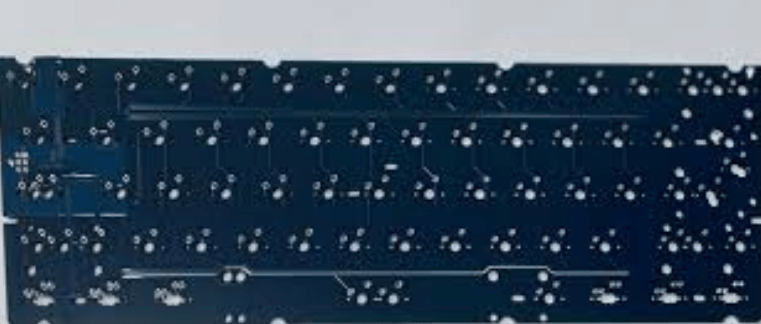
The Benefits of Using Flex PCBs in Custom Keyboards
In the realm of custom keyboards, enthusiasts and manufacturers alike are constantly seeking innovative ways to enhance performance, durability, and design flexibility. One such advancement that has garnered significant attention is the use of flexible printed circuit boards (PCBs). These flex PCBs offer a myriad of benefits that make them an attractive choice for custom keyboard applications. Understanding these advantages can provide valuable insights into why they are becoming increasingly popular in the keyboard community.
To begin with, one of the most notable benefits of using flex PCBs in custom keyboards is their inherent flexibility.
Unlike traditional rigid PCBs, flex PCBs can bend and conform to various shapes and contours. This flexibility allows for more creative and ergonomic keyboard designs, enabling manufacturers to produce keyboards that are not only aesthetically pleasing but also more comfortable for users. The ability to bend and shape the PCB without compromising its functionality opens up a world of possibilities for innovative keyboard layouts and designs.
Moreover, flex PCBs contribute to a reduction in the overall weight and thickness of the keyboard.
This is particularly advantageous for users who prioritize portability and sleek design. By utilizing a flex PCB, manufacturers can create ultra-thin keyboards that are lightweight yet robust, making them ideal for both professional and personal use. The reduced weight does not come at the expense of durability; in fact, flex PCBs are known for their resilience and ability to withstand mechanical stress, which is crucial for the longevity of custom keyboards.
In addition to their physical benefits, flex PCBs offer significant electrical advantages.
They provide excellent electrical performance due to their ability to accommodate complex circuitry in a compact space. This is particularly beneficial for custom keyboards that require intricate wiring and multiple layers of connections. The compact nature of flex PCBs allows for efficient use of space, ensuring that the keyboard remains functional without unnecessary bulk. Furthermore, the reliability of electrical connections in flex PCBs is enhanced by their resistance to vibrations and mechanical wear, which can be common in everyday keyboard use.
Another compelling advantage of flex PCBs is their potential for cost savings in the manufacturing process.
While the initial design and setup may require a higher investment, the long-term benefits often outweigh these costs. Flex PCBs can reduce the need for additional components and connectors, simplifying the assembly process and minimizing potential points of failure. This streamlined production not only reduces manufacturing costs but also enhances the overall reliability and performance of the keyboard.
Finally, the environmental impact of using flex PCBs should not be overlooked.
As the electronics industry moves towards more sustainable practices, the use of materials that reduce waste and energy consumption is becoming increasingly important. Flex PCBs, with their efficient use of materials and potential for recyclability, align with these sustainability goals. By choosing flex PCBs, manufacturers can contribute to a more environmentally friendly production process, appealing to eco-conscious consumers.
In conclusion, the integration of flex PCBs in custom keyboards offers a multitude of benefits that enhance both the design and functionality of these devices. From their flexibility and lightweight nature to their electrical efficiency and cost-effectiveness, flex PCBs represent a significant advancement in keyboard technology. As the demand for custom keyboards continues to grow, it is likely that the use of flex PCBs will become even more prevalent, driving further innovation in this dynamic field.
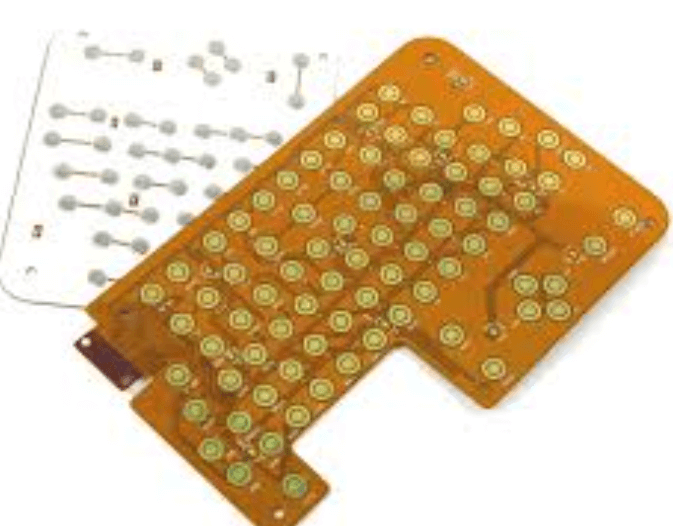
How to Design and Manufacture a Keyboard Flex PCB
Designing and manufacturing a keyboard flex PCB is a meticulous process that requires a blend of technical expertise and attention to detail. A flex PCB, or flexible printed circuit board, is a type of circuit board that can bend and flex, making it ideal for compact and dynamic applications such as keyboards. The process begins with the design phase, where the primary objective is to create a layout that meets the functional requirements while optimizing space and flexibility.
To start, it is essential to understand the specific requirements of the keyboard, including the number of keys, the type of switches, and the overall layout.
This information guides the initial design, ensuring that the flex PCB will accommodate all necessary components. Using computer-aided design (CAD) software, designers can create a detailed schematic that outlines the electrical pathways and component placements. This step is crucial, as it sets the foundation for the entire manufacturing process.
Once the schematic is complete, the next step involves creating a physical layout.
This involves arranging the components on the flex PCB in a manner that maximizes efficiency and minimizes potential interference. Designers must consider factors such as trace width, spacing, and the overall shape of the PCB. Additionally, it is important to account for the mechanical properties of the flex material, ensuring that the board can withstand repeated bending and flexing without compromising its integrity.
Transitioning from design to manufacturing, the first step is to select the appropriate materials.
Flex PCBs are typically made from polyimide, a flexible and durable material that can withstand high temperatures and mechanical stress. The choice of material is critical, as it affects the performance and longevity of the final product. Once the material is selected, the manufacturing process can begin.
The manufacturing process involves several key steps, starting with the creation of the circuit pattern.
This is typically done using a photolithographic process, where a photoresist is applied to the surface of the flex material and exposed to ultraviolet light through a mask. The exposed areas are then developed, leaving behind a pattern that will form the basis of the circuit. This pattern is then etched into the material, creating the conductive pathways necessary for the keyboard’s operation.
Following the etching process, the next step is to apply a protective layer, often referred to as a solder mask.
This layer protects the conductive traces from environmental damage and helps prevent short circuits. Once the solder mask is applied, the board is ready for component assembly. This involves placing and soldering the necessary components onto the board, ensuring that each is securely attached and properly aligned.
Finally, the completed flex PCB undergoes rigorous testing to ensure it meets all functional and quality standards.
This includes electrical testing to verify that all connections are correct and mechanical testing to ensure the board can withstand the required flexing and bending. Once testing is complete, the flex PCB is ready for integration into the keyboard.
In conclusion, designing and manufacturing a keyboard flex PCB is a complex process that requires careful planning and execution. By understanding the design requirements, selecting the appropriate materials, and following a precise manufacturing process, it is possible to create a high-quality flex PCB that meets the demands of modern keyboard applications.

Troubleshooting Common Issues with Keyboard Flex PCBs
Keyboard flex PCBs, or flexible printed circuit boards, are integral components in modern keyboards, offering a lightweight and adaptable solution for electronic connectivity. However, like any technological component, they can encounter issues that may affect the overall functionality of the keyboard. Understanding and troubleshooting these common issues is essential for maintaining optimal performance and prolonging the lifespan of the device.
One prevalent issue with keyboard flex PCBs is connectivity failure, which can manifest as unresponsive keys or erratic behavior.
This problem often arises from physical damage to the flex PCB, such as tears or creases, which can disrupt the electrical pathways. To address this, it is crucial to conduct a thorough visual inspection of the flex PCB for any visible signs of damage. If damage is detected, replacing the flex PCB is often the most effective solution, as attempting to repair it may not restore full functionality and could lead to further complications.
In addition to physical damage, connectivity issues can also result from poor contact
between the flex PCB and other components, such as the keyboard’s main circuit board. Ensuring that all connectors are securely fastened and free from debris is a vital step in troubleshooting. Cleaning the connectors with isopropyl alcohol and a soft brush can help remove any dirt or oxidation that may be impeding proper contact. Furthermore, reseating the flex PCB by carefully disconnecting and reconnecting it can sometimes resolve connectivity problems by realigning the contacts.
Another common issue is signal interference, which can cause keys to register incorrectly or multiple keystrokes to be detected from a single press.
This interference is often due to electromagnetic interference (EMI) from nearby electronic devices or insufficient grounding of the keyboard. To mitigate this, it is advisable to ensure that the keyboard is used in an environment free from excessive electronic noise. Additionally, checking the grounding connections within the keyboard can help reduce susceptibility to EMI. If grounding issues are identified, they should be addressed by ensuring that all grounding points are securely connected and free from corrosion.
Moreover, flex PCBs can suffer from wear and tear over time, leading to intermittent faults or complete failure.
This degradation is often exacerbated by environmental factors such as humidity and temperature fluctuations, which can cause the materials in the flex PCB to deteriorate. To prevent such issues, it is important to operate the keyboard within the manufacturer’s recommended environmental conditions. If wear and tear are suspected, replacing the flex PCB with a new one is generally the most reliable solution, as it ensures that the keyboard will continue to function correctly.
In conclusion, while keyboard flex PCBs are designed to be durable and reliable, they are not immune to issues that can affect keyboard performance.
By understanding the common problems associated with these components and employing systematic troubleshooting techniques, users can effectively address and resolve issues as they arise. Regular maintenance, such as cleaning connectors and ensuring proper grounding, can also help prevent many of these problems from occurring in the first place. Ultimately, a proactive approach to troubleshooting and maintenance will ensure that keyboard flex PCBs continue to provide the necessary functionality and reliability for users.

